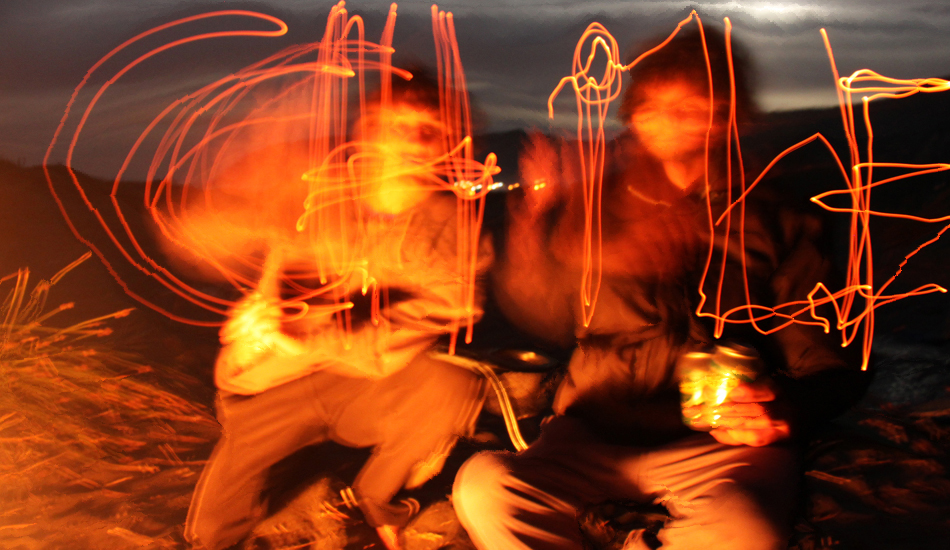As poet Robert L. Stevenson once said: “I travel not to go anywhere, but to go. I travel for travel’s sake. The great affair is to move.”
With a latent wanderlust and need for surfing quality waves, friends Bernardo Zanatta, Pedro Carvalho, Renan Osorio and I decided to follow through on an adventure suggested by some more experienced travelers: travel to Chile, by land. Our home and prospective destination separated only by Argentina, the hot summer weather and the promise of fun southwest swells encouraged us. We chose destinations to explore based on the quality and accessibility of the waves on the Central Coast of Chile. In this area lie the regions of Pichilemu – with the world class Punta de Lobos – and Valparaiso – with promising beach breaks and some nightlife – with hot summer weather similar to our home in southern Brazil.
We had our choice of several waves and climates in the Chilean territory, which is thin as a rail with some 2,500 miles of coastline. Including the heavy north points of Arica and El Colegio or the southern region, so ice-cold and unexplored. However, advice from friends made us feel that the Central Region was the perfect introduction to Latin America’s West Side. The country is geographically separated from Argentina by the Andes, the world’s longest continental mountain range, being the easiest path into Chile and just 60 miles away from Valparaiso. With that in mind, we gathered all the road tips we could remember, and with a group of experienced bikers we traced our path on the Argentinean Route 0. After choosing our main stops, the remainder of the trip would be exploration depending on the swells we monitored.
With a good plan in the books, we began to gather the necessary gear for a month of camping: clothing, wetsuits, tents, a stove, cookware, and cutlery, among some other junk. (Hot tip: never forget to bring a portable chair, a huge drawback I had on previous trips.) We even invested a few bucks on a GPS – which paid for itself by warning us of Police radar and fuel economy– and maps to study the geography once we we’re there.
The quiver was set at 3 boards per head, the lengths ranged from 6’0″and 6′ 6″. With these boards we were prepared for the occasional bomb, but summer swells in the South Pacific tend to be much less intense than in winter, generally keeping the waves closer to the 4-6 feet range.
Our departure, scheduled for January 10th, shifted to the front of all of our minds as soon as New Years celebrations ended. In this time, two new waves were given to us to explore by our friends, Lucas Nardi and Google Earth. The first, a left located in the Port city of Constitucion, it seemed to be “Snapper Rocks mirrored,” if conditions permitted. The second was described as something resulting from the hypothetical junction between the perfection of G-Land and the geography and the bottom of La Punta, in Zicatela. No need to say how our expectations were raised after we added these destinations to our trip.
Anyhow, we set off on the agreed date, and after stopping at Bernardo’s farm for some additional supplies and a lamb barbecue, we were in the Argentine plains. The long hours of travel were filled with music, talking bullshit, lots of chimarrão and the occasional fart. After an overnight sleep at San Luis we chased the Chilean border. Clearing Customs was quite process, filled with delays. All vehicles are searched, including bags, coffins, engine etc; there are dogs too (so be warned adventurers). We arrived in Viña del Mar so stiff and square butted that our nightlife antics were reduced to pizza and a couple of beers. But finally, we were in Chile.





